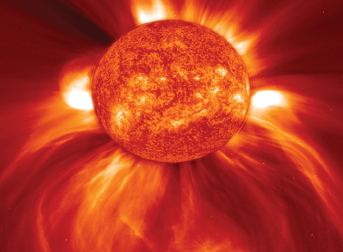NEQUICK MODEL PREDICTIONS AND THE OBSERVED TOTAL ELECTRON CONTENT (TEC) OVER NIGERIA
Keywords:
Geomagnetic storm, GNSS, Equatorial ionosphere, Ionosphere modelsAbstract
The Sun and its various activities such as coronal mass ejection (CME), solar flare, and solar wind is the major driver of the magnetosphere processes that have a strong bearing on the ionosphere. The equatorial ionosphere is in a constant state of perturbation because of the parallel alignment of the geomagnetic field with the surface, this is termed equatorial ionosphere anomaly. This resulted in the east - west electromagnetic field drift which is known as equatorial electrojet and the night time occurrence of scintillation/plasma bubble which is a major challenge to effective utilization of global navigation satellite systems (GNSS) especially in the equatorial region for navigation, positioning and communication. Various models have been established in the prediction of ionospheric processes and perturbations in order to establish the stability and effectiveness of modern technologies which rely solely on the ionosphere. One of such models is the NeQuick2 of the International Centre for Theoretical Physics (ICTP) Trieste which is use to predict the state of the ionosphere and it Total Electron Content (TEC). Effort were being made in this work to compare NeQuick2 model prediction with the observational data obtained from Nigeria GNSS network of two stations in Nigeria namely Enugu (UNEC) and Zaria (ABUZ). The research examines TEC during both intense geomagnetic storm period and quiet
period over the two GNSS stations in Nigeria. It was discovered that NeQuick2 model may not accurately predict TEC behaviour over Nigeria, situated in the region of equatorial ionosphere anomaly. The implications are further discussed.
Downloads





